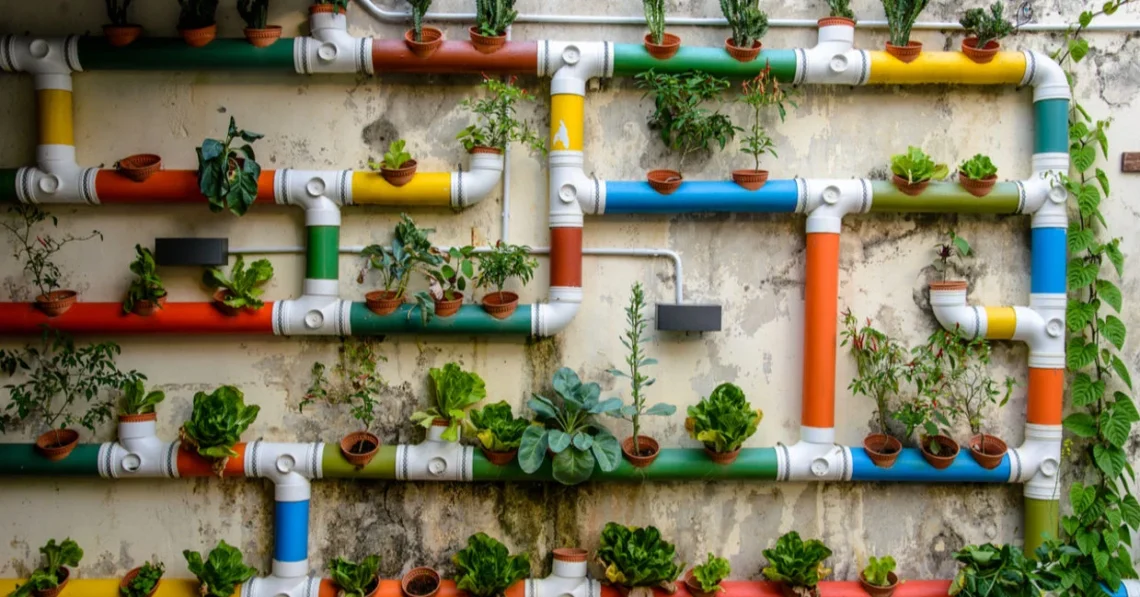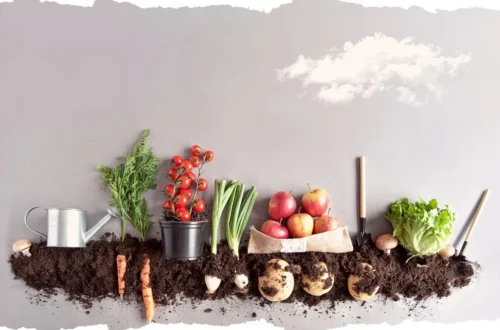You don’t need a backyard to grow your own food. In fact, all it takes is a little space, some light, and a bit of patience. Apartment farming is the perfect way to bring fresh, homegrown produce into your urban lifestyle—no matter how small your home is.
Here’s everything you need to know to start your own apartment farm from scratch.
1. Assess Your Space
Look around your apartment and identify potential growing areas:
- Sunny windowsills
- Balconies
- Countertops
- Shelves or vertical wall space
Don’t worry if you don’t have a lot of natural light—you can use grow lights to supplement or fully replace sunlight.

2. Choose What to Grow
Start small with easy, fast-growing plants. Some beginner-friendly options:
- Herbs: basil, mint, parsley, chives, cilantro
- Leafy greens: lettuce, spinach, arugula
- Microgreens: super nutritious and ready in 7–14 days
- Cherry tomatoes or peppers (with enough light or grow lights)
Tip: Focus on what you like to eat the most!
3. Pick Your Growing Method
There are a few main methods to choose from depending on your space, budget, and interest level:
✅ Container Gardening
- Traditional pots with soil
- Great for herbs, greens, and small vegetables
✅ Hydroponics
- Grows plants without soil using water and nutrients
- Perfect for tech-savvy or low-mess setups
✅ Vertical Gardening
- Stackable or wall-mounted planters
- Excellent for maximizing small spaces
✅ Window Boxes or Balcony Beds
- Ideal for sunny windows or outdoor space
4. Get the Right Supplies
Here’s a basic starter list:
- Containers with drainage
- Quality potting soil (or hydroponic system)
- Organic seeds or seedlings
- Watering can or spray bottle
- Grow lights (if your home lacks sunlight)
- Liquid fertilizer or compost
Optional: a small indoor greenhouse or plant stand to keep things organized.
5. Plant and Care for Your Crops
Follow seed packet or label instructions for planting depth and spacing. Key care tips:
- Water regularly, but don’t overwater—check moisture with your finger.
- Rotate your plants occasionally for even growth.
- Prune and harvest frequently to encourage new growth.
- Feed with fertilizer every couple of weeks (especially for greens and veggies).

6. Troubleshoot & Learn as You Grow
Common beginner tips:
- Yellowing leaves? Could be overwatering or lack of nutrients.
- Leggy plants? They’re reaching for light—add a grow light or reposition.
- Slow growth? Be patient—plants take time, especially from seed.
Don’t stress if something fails—every harvest starts with a learning curve.
7. Harvest and Enjoy
Snip what you need when you need it. Herbs can be harvested frequently, while greens can often regrow after cutting. Use your produce in cooking, salads, smoothies—or gift it to neighbors!
🪴 Bonus Tips
- Keep a plant journal to track what works and what doesn’t.
- Label your plants for easy identification.
- Join an online urban farming group or follow hashtags like #ApartmentGarden for inspiration.
🌱 Start Growing Today
Apartment farming isn’t just about food—it’s about empowerment, sustainability, and reconnecting with nature. Whether you’re growing basil on a windowsill or lettuce in a hydroponic tower, your apartment can become a thriving little farm.







